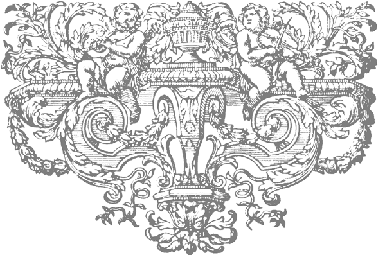A Franco-Flemish double-manual harpsichord,
![]()
Detail of the case Tail decoration
Cupid - the last in the ‘Triumph of Love’ sequence
In classical mythology Cupid is the god of desire, erotic love, attraction and affection. He is often portrayed as Eros, the son of the love goddess Venus and the war god Mars. Although Eros is generally portrayed as a slender winged youth in Classical Greek art during the Hellenistic period, he was increasingly portrayed as a chubby boy. During this time, his iconography acquired the bow and arrow that represent his source of power: a person, or even a deity, who is shot by Cupid's arrow is filled with uncontrollable desire.
In both ancient and later art, Cupid is often shown riding a dolphin. Here he is not riding a dolphin, but it seems highly likely that the figure behind him is meant to be a dolphin and not some kind of an ill-defined monster. The torch in his left hand represents the fire of burning passion, and he is also often shown wearing a helmet and carrying a buckler (a small round shield held by hand or worn on the forearm), perhaps in reference to Virgil's Omnia vincit amor or as political satire on wars for love or love as war. The buckler is absent here, but a golden helmet lies at his feet.
In art, Cupid often appears in multiples as the Amores, or amorini in the later terminology of art history, the equivalent of the Greek erotes (Aphrodite’s retinue). Cupids are a frequent motif of both Roman art and later Western Art of the classical tradition. The Amores are the figures painted on the front flap, cheek and bentside, helping Cupid along in his pursuit of love and passion. The figure here might be seen as the last in the series of ‘The Triumph of Love’, starting with the cupids or amores forging the arrows on the front flap closing the keywell, and ending with Cupid himself with all of his usual attributes.
